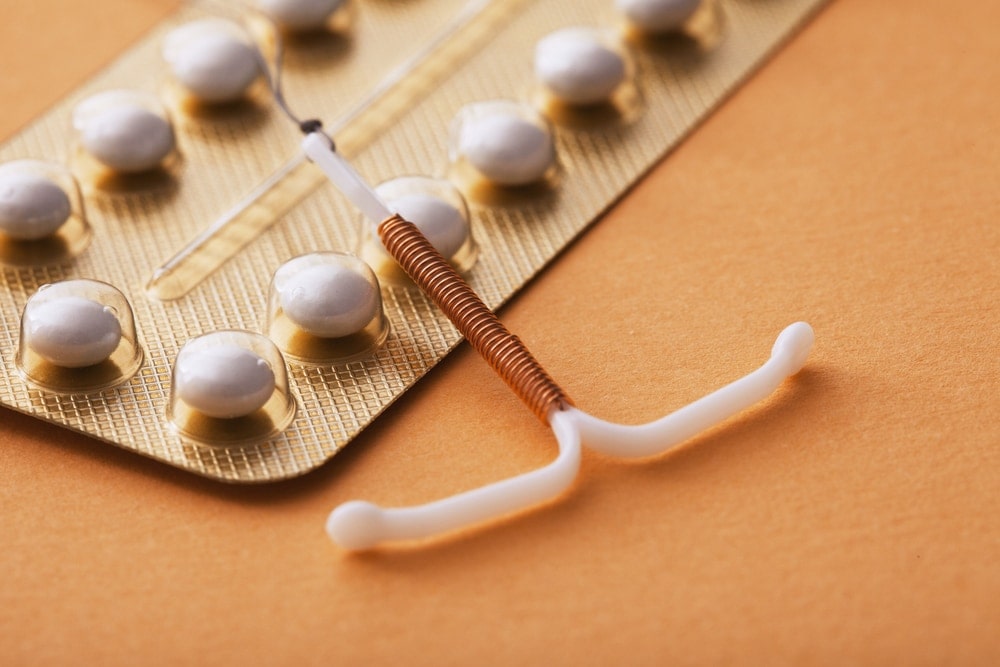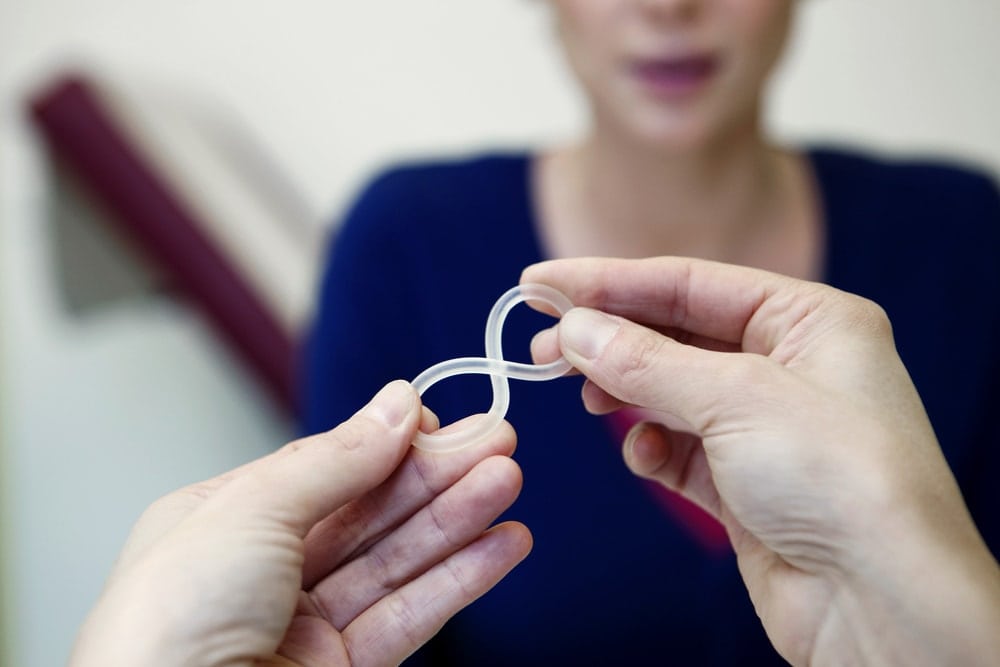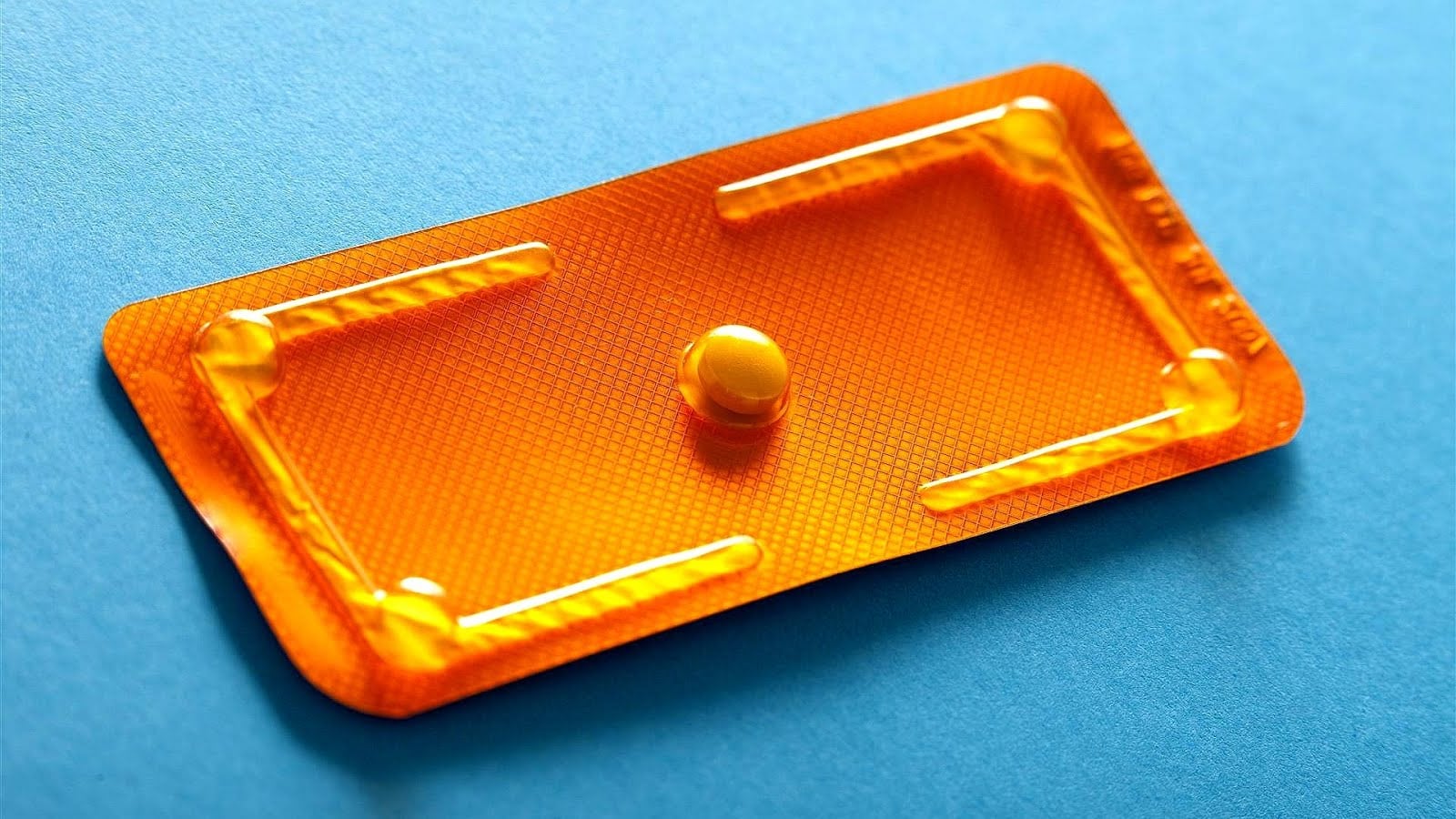Contraception is a term used for methods of preventing pregnancy and is often referred to as birth control. From methods, medicine to devices, there are many types of birth control available for both men and women. Some methods are considered permanent, while others are reversible. The majority of birth control methods fall into one of two categories: barrier or hormonal. Other methods include sterilization (surgery), withdrawal, natural family planning, and abstinence.
An Overview of the Types of Birth Control
It is important to examine the different types of birth control and other related considerations as you determine which method of contraception to use.
While most birth control methods prevent pregnancy, they do not all prevent the transmission of sexually transmitted diseases.
Additionally, aside from abstinence, all forms of birth control have a failure rate. You should take a pregnancy test if you are experiencing pregnancy symptoms.
Abstinence
- As a means of contraception, abstinence is the voluntary refraining from sexual activity.
- Abstinence is the only contraceptive method that is 100% effective in the prevention of both pregnancy and the transmission of sexually transmitted diseases.
Fertility Awareness Method/Natural Family Planning (NFP)
- Fertility awareness method is also known as Natural Family Planning and is commonly called NFP.
- NFP does not rely on devices or medications to prevent pregnancy.
- NFP is a contraceptive method that uses the natural functions of your body and your menstrual cycle to determine ovulation. This involves recording your basal body temperature and changes in your cervical mucus each day.
- NFP requires periodic abstinence (approximately 7 to 10 days) during a woman’s ovulation window. Some women choose to use a barrier method or withdrawal during this time frame.
Barrier or device methods are physical or chemical barriers designed to stop sperm from entering a woman’s uterus
Male Condom:
- The male condom is a tube of thin material (latex rubber) that is rolled over the erect penis prior to contact with the vagina.
- The male condom is the most common barrier method.
Female Condom:
- The female condom is a seven-inch long pouch of polyurethane with two flexible rings and is inserted into the vagina prior to intercourse.
- The female condom covers the cervix, vaginal canal, and the immediate area around the vagina.
Spermicides:
- Spermicides are chemicals that are designed to kill sperm.
- Spermicide chemicals are available as foam, jelly, foaming tablets, and vaginal suppositories.
Diaphragm:
- The diaphragm is a soft, rubber dome stretched over a flexible ring.
- The dome is filled with a spermicidal cream or jelly.
- The diaphragm is then inserted into the vagina and placed over the cervix no more than 3 hours prior to intercourse.
Cervical Cap:
- The cervical cap is a small cup made of latex rubber or plastic.
- The cervical cap is filled with a spermicidal cream or jelly, inserted into the vagina, and placed over the cervix.
Contraceptive Sponge:
- The contraceptive sponge is a soft, saucer-shaped device made from polyurethane foam.
Hormonal Birth Control:
Whether administered as a pill, patch, shot, ring or implant, hormone medications contain manufactured forms of the hormones estrogen and/or progesterone.
Hormonal contraceptives do NOT protect against the transmission of sexually transmitted diseases.
Hormonal methods work in one of three ways:
1) preventing a woman’s ovaries from releasing an egg each month;
2) causing the cervical mucus to thicken, making it harder for sperm to reach and penetrate the egg;
3) thinning the lining of the uterus, which reduces the likelihood that a fertilized egg will implant in the uterus wall. This third method presents an ethical concern to consider.
Birth Control Pills:
- Birth control pills are taken daily as prescribed by your healthcare provider.
Depo-Provera:
- Depo-Provera is an injection given by your doctor that prevents pregnancy for three months.
Lunelle:
- Lunelle is an injection given by your health care provider that prevents pregnancy for one month.
NuvaRing/Vaginal Ring:
- NuvaRing, or vaginal ring, is a flexible ring that is inserted into the vagina for three weeks, removed for one week, and then replaced with a new ring.
- The ring releases estrogen and progesterone into your body.
Ortho Evra Patch/Birth Control Patch:
- The birth control patch is placed directly on the skin, with the hormones built into the sticky side of the patch.
- Each week for the first three weeks a new patch is placed on the hip, buttocks, or upper arm.
- The patch is removed during the fourth week, allowing for a menstrual period.
Intrauterine Device (IUD):
- The IUD is a small plastic device containing copper or hormones and is inserted into the uterus by a medical professional.
- The IUD does not stop the sperm from entering into the uterus, but rather it changes cervical mucus decreasing the probability of fertilization. It also changes the lining of the uterus preventing implantation should fertilization occur.
Withdrawal & Sterilization:
Neither withdrawal nor sterilization prevents transmission of sexually transmitted diseases.
Withdrawal:
- Withdrawal involves the removal of the erect penis from the vagina prior to ejaculation.
Sterilization:
Female:
- Sterilization involves the surgical closing of the fallopian tubes which carry the eggs from the ovaries to the uterus
- This procedure is referred to as a tubal ligation
Male:
- Sterilization involves the surgical closing of the vas deferens (the tubes that carry sperm)
- This procedure is referred to as a vasectomy
How different birth control methods compare
| Type | Availability | Efficacy | |
|---|---|---|---|
| Combination pill | hormonal | prescription-only | about 9 in 100 users become pregnant |
| Progestin-only pill | hormonal | prescription-only | about 9 in 100 users become pregnant |
| Hormonal IUD | hormonal | prescription-only | fewer than 1 in 100 users become pregnant |
| Copper IUD | nonhormonal | prescription-only | fewer than 1 in 100 users become pregnant |
| Implant | hormonal | prescription-only | fewer than 1 in 100 users become pregnant |
| Depo-Provera shot | hormonal | prescription-only | about 6 in 100 users become pregnant |
| Patch | hormonal | prescription-only | about 9 in 100 users become pregnant |
| NuvaRing | hormonal | prescription-only | about 9 in 100 users become pregnant |
| External condom | nonhormonal barrier method | over the counter (OTC) | about 18 in 100 users become pregnant |
| Internal condom | nonhormonal barrier method | OTC | about 21 in 100 users become pregnant |
| Diaphram | nonhormonal barrier method | prescription-only | roughly 12–29 in 100 users become pregnant |
| Cervical cap | nonhormonal barrier method | prescription-only | roughly 12–29 in 100 users become pregnant |
| Sponge | nonhormonal barrier method | OTC | about 9 in 100 users become pregnant |
| Spermicide | nonhormonal barrier method | OTC | about 28 in 100 users become pregnant |
| Fertility awareness methods | nonhormonal | need an OTC basal body temperature thermometer |
around 24 in 100 users become pregnant |
| Pull out method/withdrawal | nonhormonal | N/A | around 22 in 100 users become pregnant |
| Breastfeeding or chestfeeding | hormonal | N/A | around 74 in 100 users become pregnant |
| Tubal ligation | sterilization | surgical procedure | fewer than 1 in 200 users become pregnant |
| Tubal occlusion | sterilization | surgical procedure | fewer than 1 in 200 users become pregnant |
| Vasectomy | sterilization | surgical procedure | fewer than 1 in 100 users become pregnant |
Want to Know More?
Sources:
Healthline: How Effective is Each Birth Control Method?
U.S. Department of Health & Human Services Office on Women’s Health: Birth Control Methods






